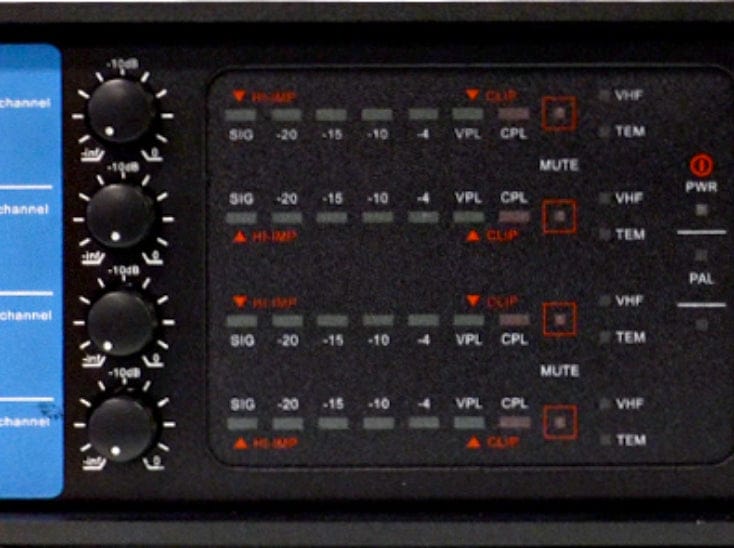How to match your speakers and amplifier power ratings
Take a look at advertised specs for power amplifier ratings and tell me what you see. We already know, actually. You see lots of gigantic numbers. 2000 watts, 3000 watts, and on and on. If it seems too good to be true, well it probably is. We know these numbers can be overwhelming and confusing. We put together this article to help simplify these numbers and help you choose the right amp without breaking the bank. In this article we will break down how amplifier power ratings are explained.
Understanding Different Types of Power Ratings
To select the best amplifier for your purpose, you must understand the different Power Ratings that are advertised. More than anything, this comes down to learning the difference between a Peak Power Rating and a RMS Power Rating. Keep reading for a simple explanation that will ensure you pick the right amp for your speakers.
What is a Peak Power Rating?
Let’s establish what a Peak Power Rating is, first. Typically, Peak Power is defined as the full amount of power an amplifier can withstand for an instant before damage occurs. Essentially, it is the breaking point of the system. That seems fairly cut-and-dry, I know. It isn’t, though. There is a second measurement that can have a huge effect on this number and lead to highly inflated claims of power handling. Total Harmonic Distortion measures how much clipping is present in an audio system, in this case just in the power amplifier. The amount of THD, or clipping, allowed is determined by the manufacturer. Two identical amplifiers can be measured the same way, except for the amount of THD allowed, and the results will be completely different. The more THD allowed, the larger the Peak Power Rating number becomes. All this goes to say that advertised Peak Power Ratings are mostly arbitrary and generally useless in determining the actual strength of power amplifiers.
What is a RMS Power Rating?
Unlike Peak Power Rating, the process for determining an RMS Power Rating is mandated by the Federal Trade Commission. When you compare RMS Power Ratings from one amplifier to the next, it is much more likely that you are comparing apples to apples. Peak Power Ratings are usually apples to oranges. RMS stands for Root Mean Square, a mathematical term for how this number is derived. Check out the graph below:

This is a graphic representation of a sine wave, like the one mandated by the FTC for amplifier testing. The green line is zero, the red line is RMS, and the top of the graph is the peak. This can allow you to visualize the relationship between the three. The RMS is a higher value than the average between zero and the peak. Back in the real world, this mathematical equation provides us with the RMS Power Rating. This is a measure of how much power an amplifier can provide continuously for long periods of time.
So - How Much Power Do You Need?
How many watts per channel do I need is a common question we get. How much power you need is based on your gear and its ability to handle the power. If you are ever in doubt, always size-up, err on the side of caution and buy more power than your need. We see so many speakers burned up due to being paired with an underpowered amplifier.
We understand how important of a decision buying the correct power amp is. If we are being honest, it is difficult to explain in a blog post. There is more science behind pro audio than one would think. That is why our seasoned sound professionals and tech experts are standing by and ready to help. We know it can be overwhelming and confusing. Would you like to know which Seismic Audio amplifier will match your speakers? Give us a call at (877) 347-6423 or contact one of our audio experts. We’re here, always happy to talk shop and help.
 ">
">
 ">
">
